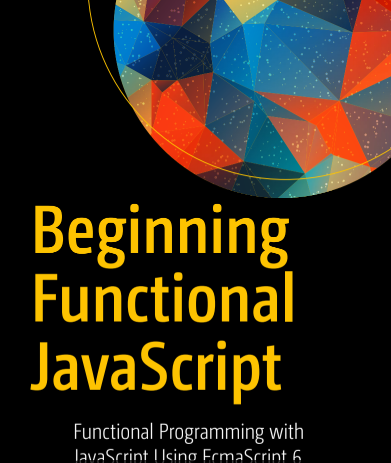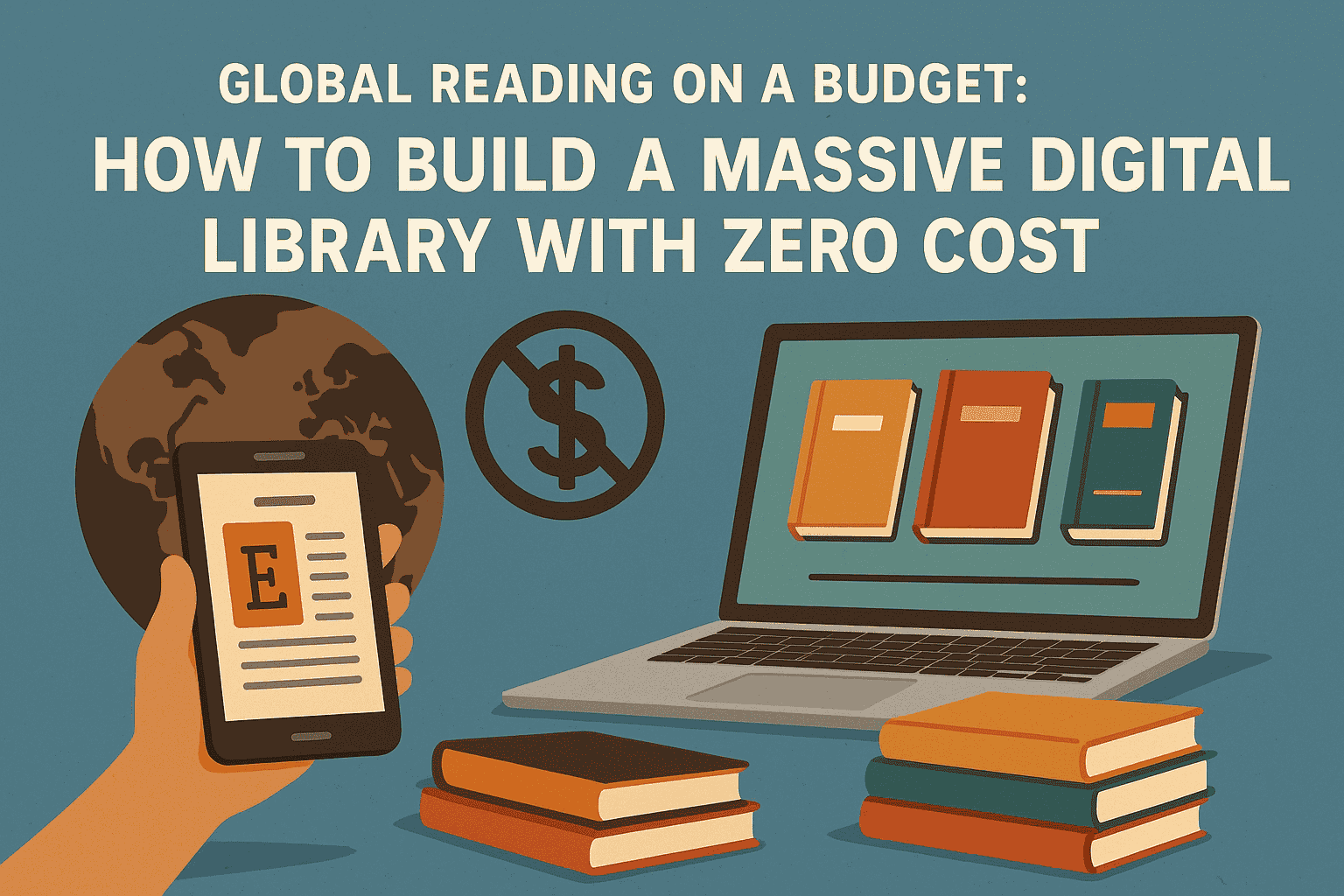How Sports Books Perform in the Bestseller Market
In the dynamic world of book publishing, some genres consistently top bestseller lists—thrillers, romance, self-help, and fantasy, for instance. But where do sports books fit into this literary landscape? While they may not always dominate the top spots, sports-themed books—both fiction and non-fiction—have carved out a significant and loyal readership that continues to expand.
This blog post explores the market trends, breakout successes, and key factors that determine how sports books perform in the bestseller market. Whether you're a publisher, author, or reader, understanding the dynamics behind sports literature can offer valuable insight into how this genre competes, evolves, and thrives.
The Broad Categories of Sports Books
Sports books are diverse in form and content. To evaluate their performance, it’s helpful to divide the genre into key subcategories:
-
Athlete Memoirs and Biographies
-
Sports History and Analysis
-
Inspirational Sports Stories
-
Children’s and Young Adult Sports Fiction
-
Literary and Contemporary Sports Novels
-
Instructional and Coaching Guides
Each category appeals to a different segment of readers—and performs differently in the market.
Athlete Memoirs: Consistent Chart-Toppers
The most commercially successful category of sports books is the athlete memoir. When written by (or ghostwritten for) internationally recognized athletes, these books almost always debut high on bestseller lists—especially when timed with major events such as retirements, Olympic seasons, or media controversies.
Examples of Bestselling Sports Memoirs:
-
Open by Andre Agassi – A candid and literary tennis memoir that attracted even non-sports readers.
-
Becoming Kareem by Kareem Abdul-Jabbar – Blends basketball history with personal growth and social commentary.
-
Greenlights by Matthew McConaughey – While not strictly a sports memoir, his football stories contributed to its appeal.
-
I’m Glad My Mom Died by Jennette McCurdy – Though not a sports memoir, its crossover with performance culture has influenced memoir standards, making athlete narratives more emotionally raw and marketable.
Why they sell:
-
Name recognition and media presence
-
Crossover appeal to fans of motivation, celebrity, and behind-the-scenes drama
-
Extensive media tours and brand tie-ins
Sports History and Analysis: Niche but Loyal Audience
Books that explore the history, strategy, or sociology of sports don’t often break into general bestseller lists, but they perform well within specialized rankings and academic markets. Think of titles like:
-
Moneyball by Michael Lewis
-
The Breaks of the Game by David Halberstam
-
The Inner Game of Tennis by W. Timothy Gallwey
These books cater to deep fans and thinkers, and often gain second lives as documentaries or films, giving them long-term relevance and renewed sales.
Young Adult and Middle Grade Sports Fiction: Steady Performers
This segment thrives particularly due to authors like Kwame Alexander, whose books like The Crossover and Booked have sold hundreds of thousands of copies. These books are often used in schools and libraries, which creates a consistent institutional demand even if they don’t go viral on bestseller charts.
Why they perform well:
-
Curriculum-friendly themes: perseverance, teamwork, identity
-
Relatable protagonists for younger readers
-
Stylized formats like verse novels and illustrated chapters
-
Word-of-mouth and educator support
Literary Fiction With a Sports Angle: Slow Burners with Prestige
Books that are character-driven and literary, but use sports as a thematic backdrop, don’t always hit bestseller status quickly—but they often build critical acclaim and stay in circulation longer.
Examples:
-
The Art of Fielding by Chad Harbach
-
Billy Lynn’s Long Halftime Walk by Ben Fountain
-
Beartown by Fredrik Backman
These titles are more likely to:
-
Appear on award shortlists
-
Be picked by book clubs and academic institutions
-
Have adaptations that boost visibility
They may not dominate the New York Times lists on release, but they sell steadily over time.
Instructional Books: Bestseller Outliers
Coaching manuals, fitness books, and “how-to” guides for athletes don’t often reach general bestseller lists unless tied to a major public figure. For example:
-
TB12 Method by Tom Brady sold exceptionally due to his fame, not just its instructional value.
-
Books on mental training or youth coaching perform well in niche markets but lack mainstream appeal.
These books thrive in Amazon category rankings, but their sales success is often invisible to the casual observer.
Digital Sales and Audiobooks: A Growing Segment
Sports books perform surprisingly well in audio formats, especially biographies and memoirs. Athletes who narrate their own stories—such as Simone Biles or Matthew McConaughey—create a sense of intimacy and authenticity.
Key points:
-
Audiobooks bring sports memoirs to commuters, runners, and gym-goers.
-
Digital-only releases are becoming more common for short-form stories or niche sports.
-
eBook bundling with sports networks, magazines, or exclusive events can boost sales.
Media Adaptations Drive Sales
Some sports books experience second waves of popularity thanks to movie or television adaptations. For instance:
-
Moneyball became a bestseller again following the Brad Pitt film.
-
Friday Night Lights reached new audiences through its TV series.
-
King Richard revived interest in books about Venus and Serena Williams.
Adaptations offer:
-
Global exposure
-
Cross-generational reach
-
Sales spikes across all formats
Publishers now actively seek stories with "cinematic potential"—especially in the sports genre.
Seasonality and Timing Matter
Sales of sports books often follow the calendar:
-
Fall and winter see spikes in football-related content.
-
Spring and summer are better for baseball and Olympic narratives.
-
Pre-season releases aligned with big sports events (World Cup, Super Bowl, NBA Finals) often yield stronger sales.
Additionally, retirement announcements, Hall of Fame inductions, and scandals can all fuel sudden interest in specific sports titles.
Gender and Diversity: Changing the Bestseller Landscape
Historically, the sports book market was dominated by male athletes and male readership. But the last decade has brought growing demand for:
-
Women athletes’ memoirs (e.g., Abby Wambach, Megan Rapinoe)
-
Intersectional sports narratives exploring race, class, gender, and ability
-
Queer representation in sports fiction
-
Disability sports stories gaining traction, especially in children's literature
These trends are shaping how publishers position and market books—and where those books find new audiences.
Marketing Strategies That Make a Difference
To push a sports book into bestseller territory, publishers often use:
-
Pre-order campaigns with merchandise or signed editions
-
Podcast interviews and athlete-led book clubs
-
Social media campaigns, especially TikTok (BookTok) for younger audiences
-
Partnerships with teams, gyms, or athletic brands
Collaborations between authors and sports influencers can dramatically amplify a book’s reach.
Conclusion: A Genre That Performs with Strategy and Story
Sports books may not always dominate the bestseller market, but they perform impressively when positioned strategically. Whether through the compelling life of a famous athlete, the timeless appeal of underdog stories, or the in-depth analysis of the game itself, these books continue to connect with readers who crave emotion, drive, and resilience.
In the ever-competitive world of publishing, sports literature proves that with the right timing, storytelling, and strategy, it can go the distance.







